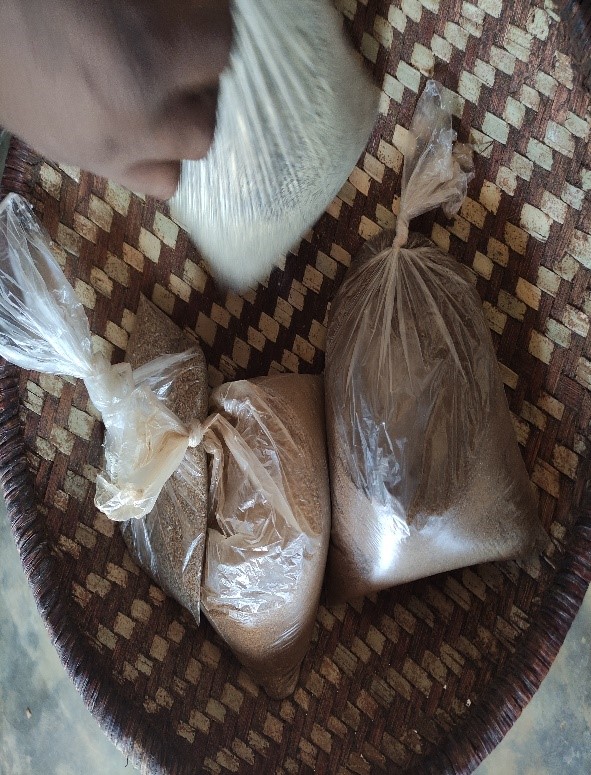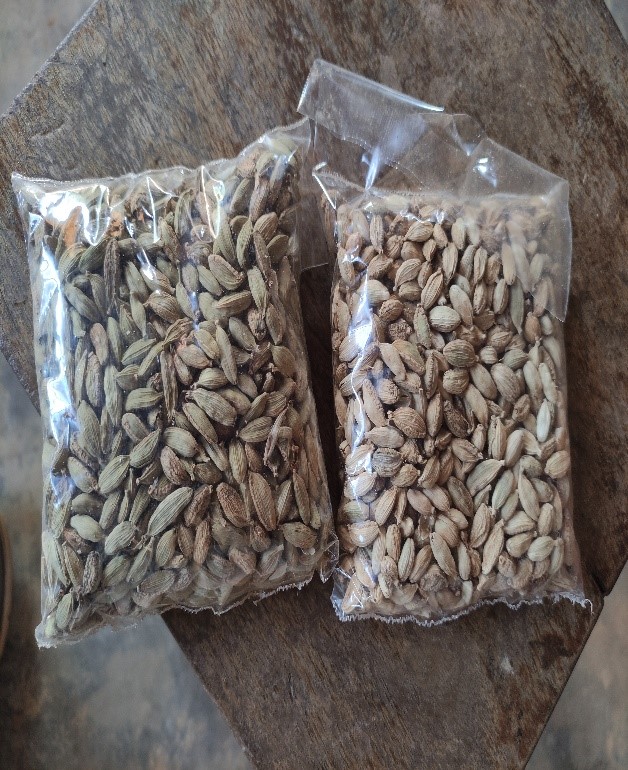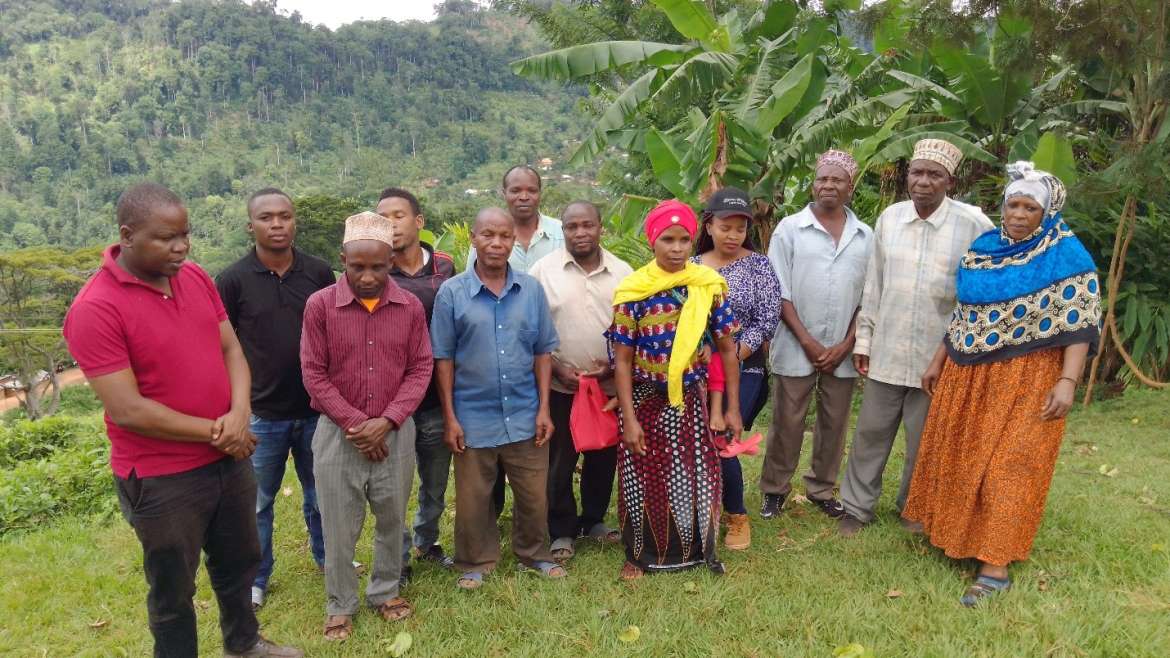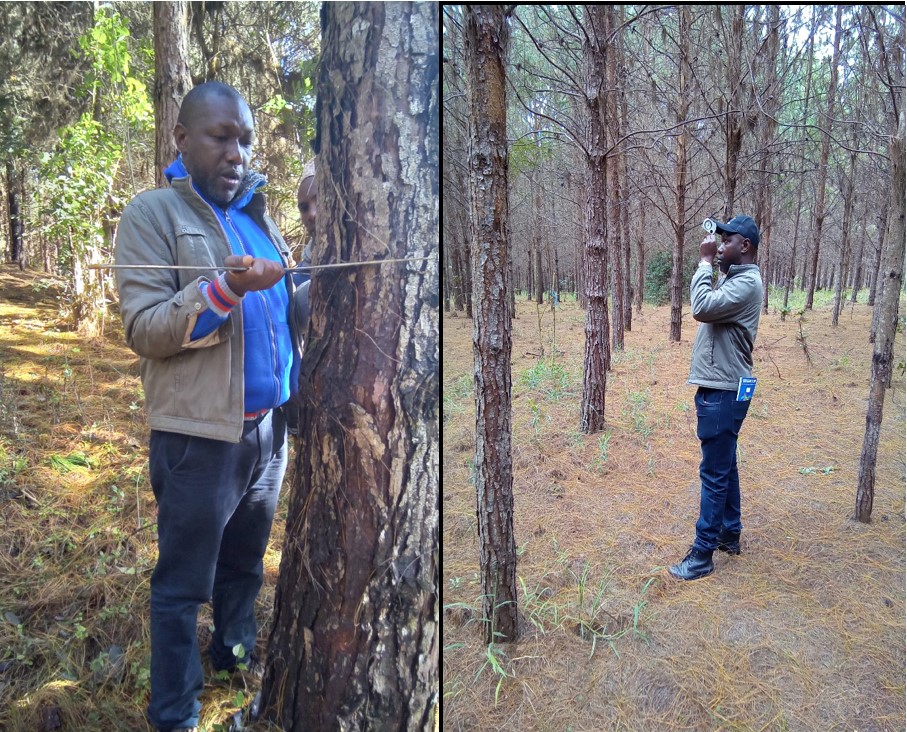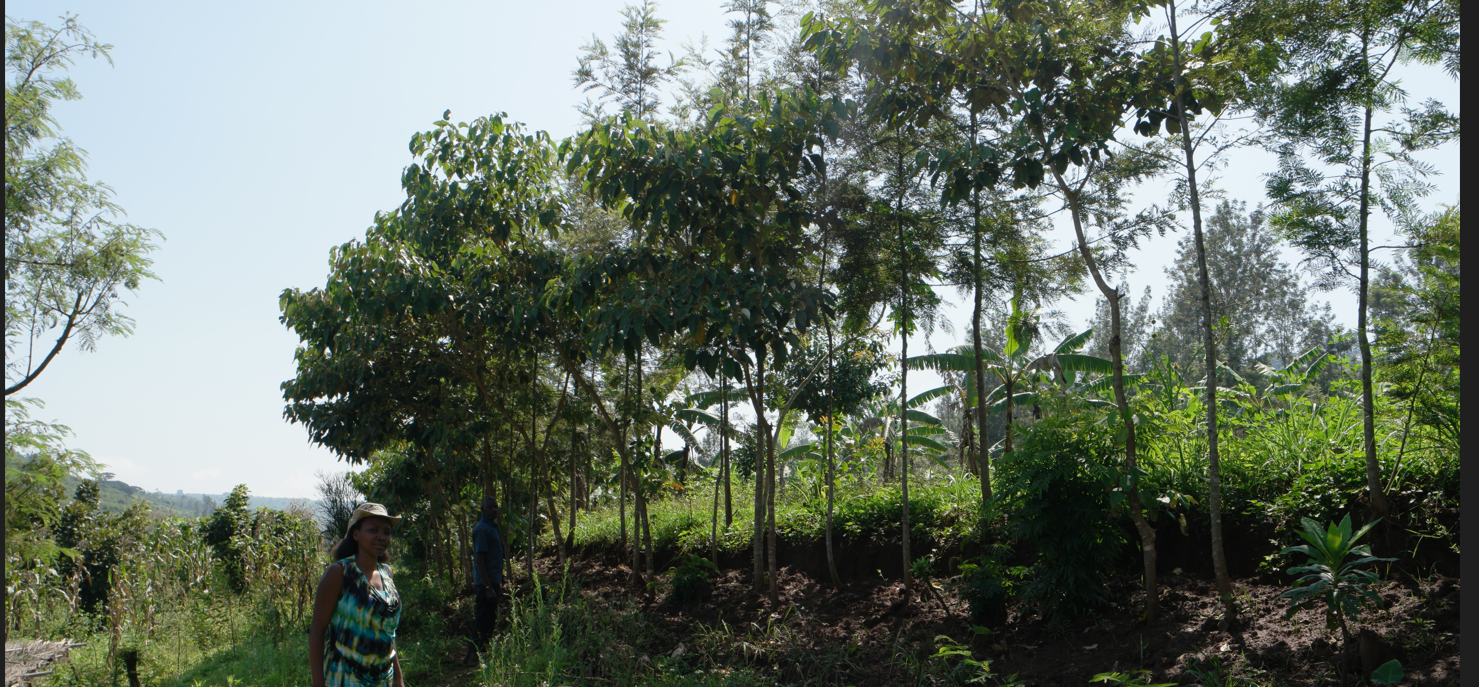By Jacqueline Kajembe
Ph.D. student under REFOREST Programme at Sokoine University of Agriculture
Introduction
Value chain analysis is increasingly perceived as an important aspect to agricultural business development. In Muheza and Morogoro there are several agricultural products including spices, maize, tomatoes, and coffee which are dominated by different actors. They are important to the economy and livelihoods of people. My research is focused on the spices value chain. Generally, spices are high-value products that can also be input in manufacturing other products (e.g. oil and medicine from cloves).
A core understanding in value chain analysis is that, multi-actors (farmers, extensionists, input suppliers, financial institutions, researchers, middlemen, and traders among others) contribute to adding value and that it is a combination of the quality and skills of the individual actors, and also their roles and interactions, that determine the capacity to transform the business in a given crop. However, little is known about how the spice value chain actors play their roles and interact with each other or if they are still operating in isolation. In the context of this research, interaction is used to mean relationships and collaborations between different actors in pursuing the commonly shared objectives of adding value to improve spice quality and quantity and thereby raising their incomes.
In addition, we wish to understand who are the beneficiaries among the spice value chain actors, how much they benefit and why? Specifically, we are interested to know if farmers are getting reasonable prices, and a reliable market for their products and to explore the profit they earned from spice production. Furthermore, my research is aimed at recognizing the different players and their specific roles in the value chain for identified spices in two districts. My ultimate goal is to create awareness and especially explore ways and means to strengthen incomes for the spice producers.
Activities undertaken
Some research activities were taken including;
Reconnaissance survey
During the reconnaissance survey, questionnaires were tested, and agroforestry farms were visited to get familiarized with the study sites, and to make some observations on the spices cultivated, trees planted, and arrangement of agroforestry trees on the farms.
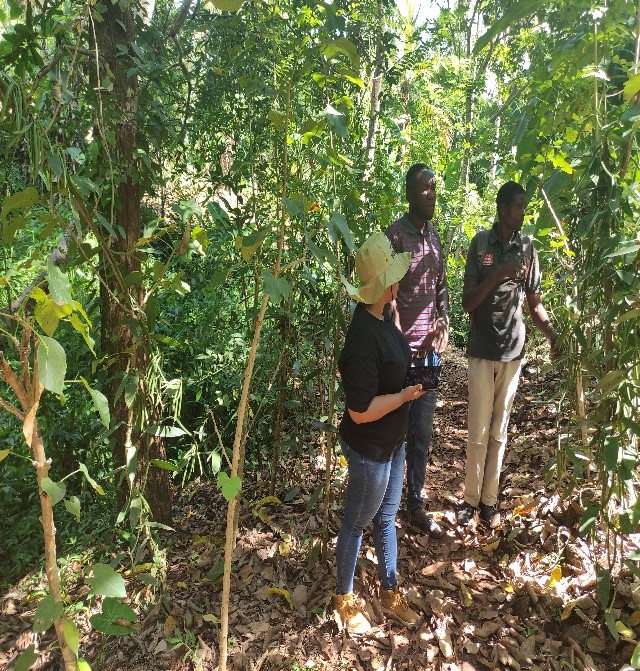
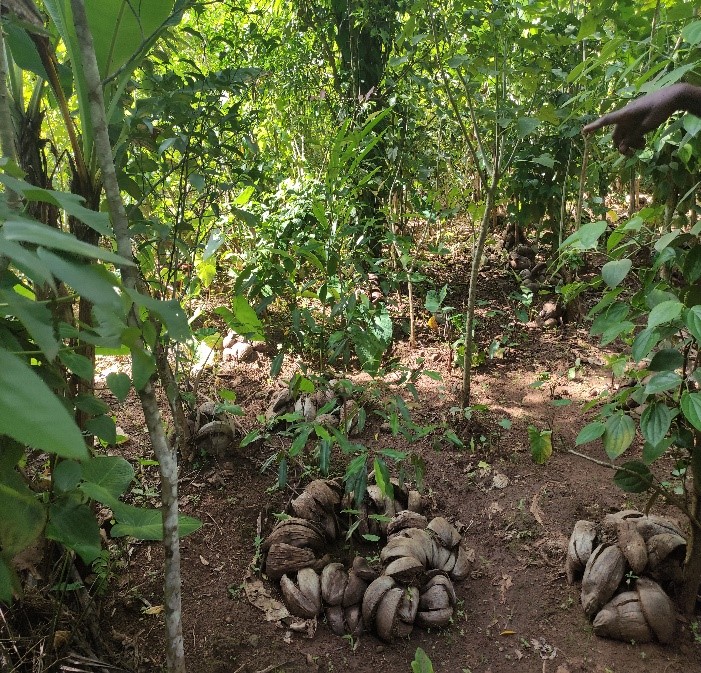
Field visit at Agoforestry spice farms in Mkuyuni village, Morogoro District
Observed Spices cultivated in Morogoro and Muheza District
Spice farming, like the rest of horticulture, is labor intensive and has the potential to generate substantial income for households. Among spices, cardamom, black pepper, cloves, and cinnamon are grown in almost all the study sites visited.
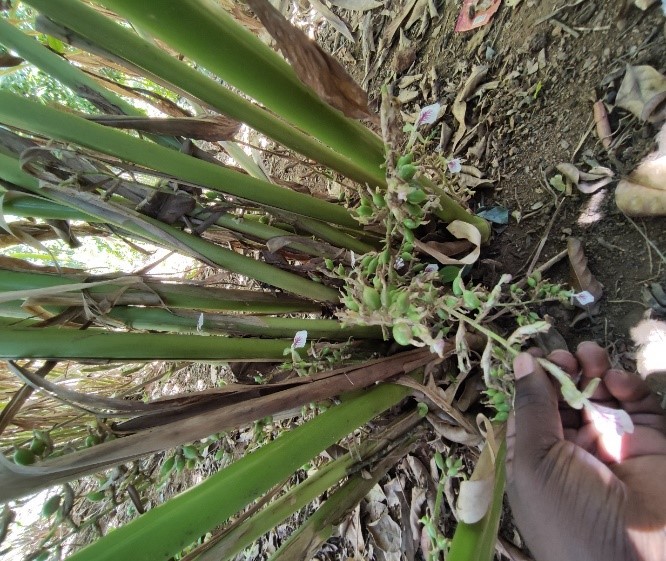
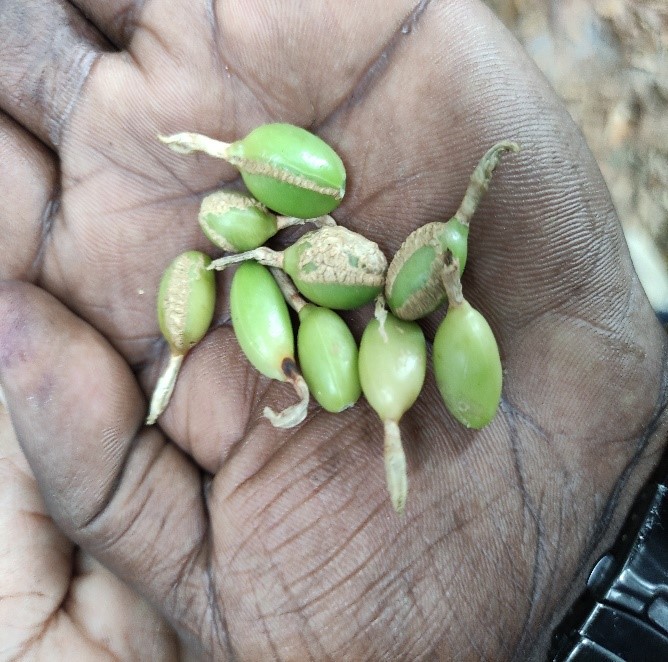
Cardamon (Iliki)
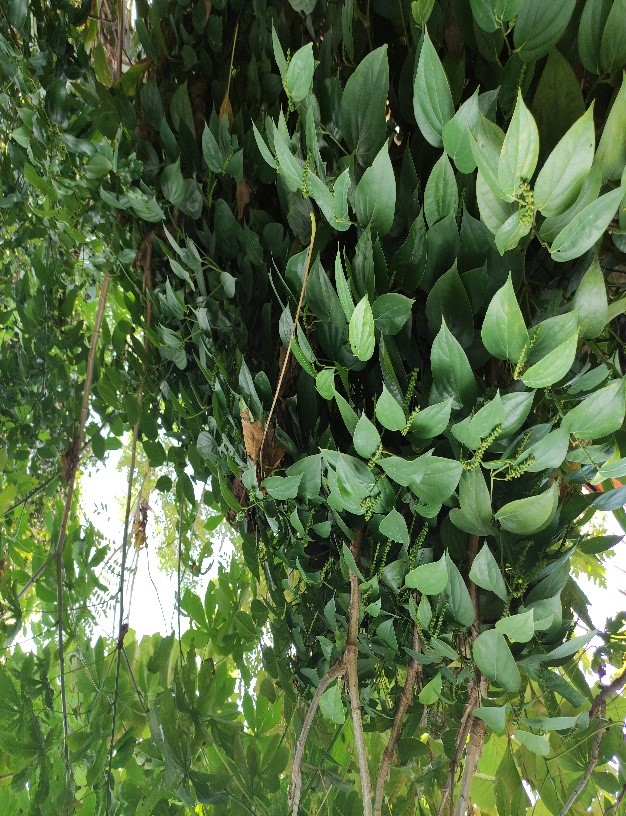
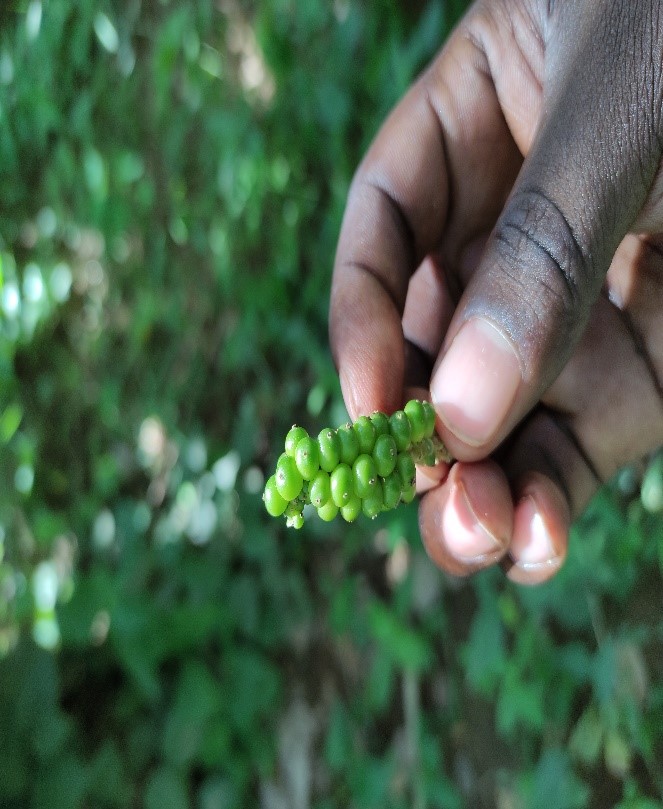
Black pepper (Pilipili manga)
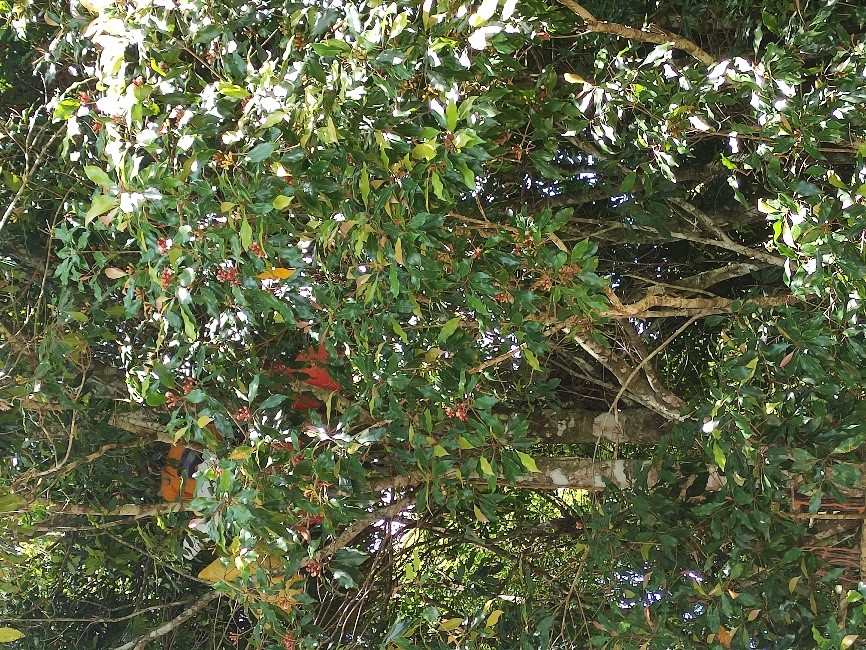
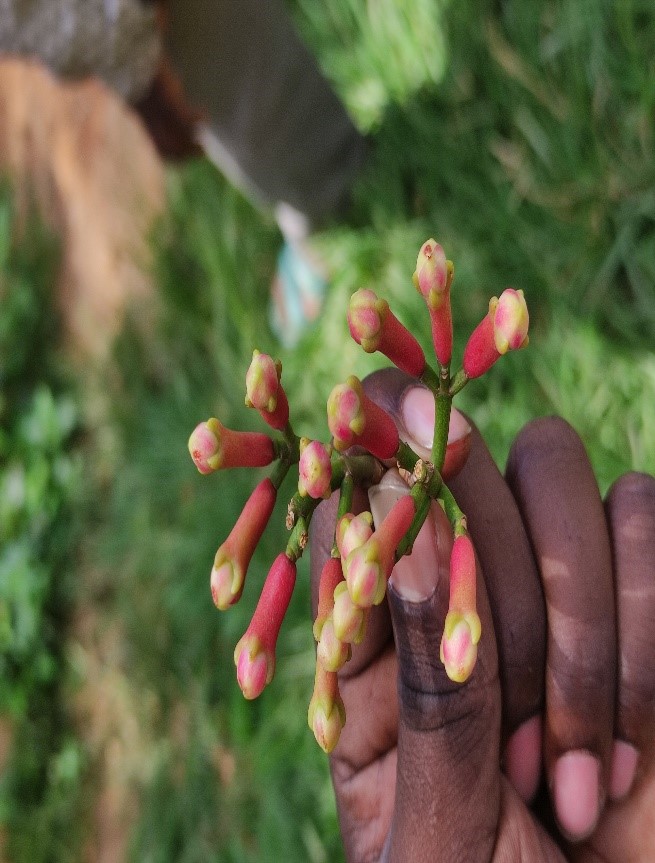
Cloves (Karafuu)
Supervisors’ visitation to the study sites
On 25th April 2022, my Supervisors the late Dr. L.P. Lusambo (SUA) and Prof. Y.M. Ngaga (SUA) visited the field sites in Muheza District. The aim was to observe and provide professional guidance on data collection. They visited some agroforestry spice farms and observed the researcher and her assistants while conducting household interviews.
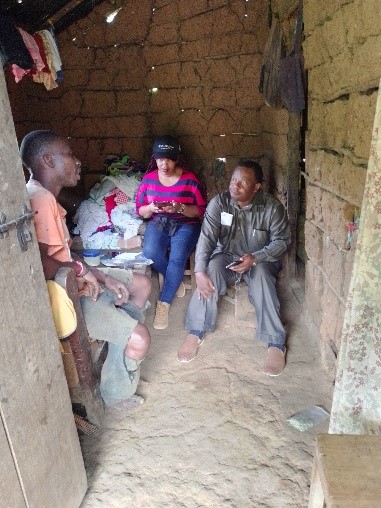
Supervisor and student during household interview in Muheza District
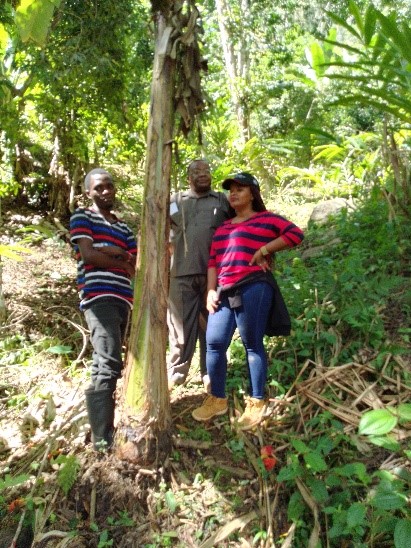
Supervisors and students visiting Agroforestry spice farms at IBC village in Muheza District
Household survey
The survey was conducted at the household level whereby spice farmers, middlemen, and traders were interviewed. The selection of respondents for the interview was also gender sensitive
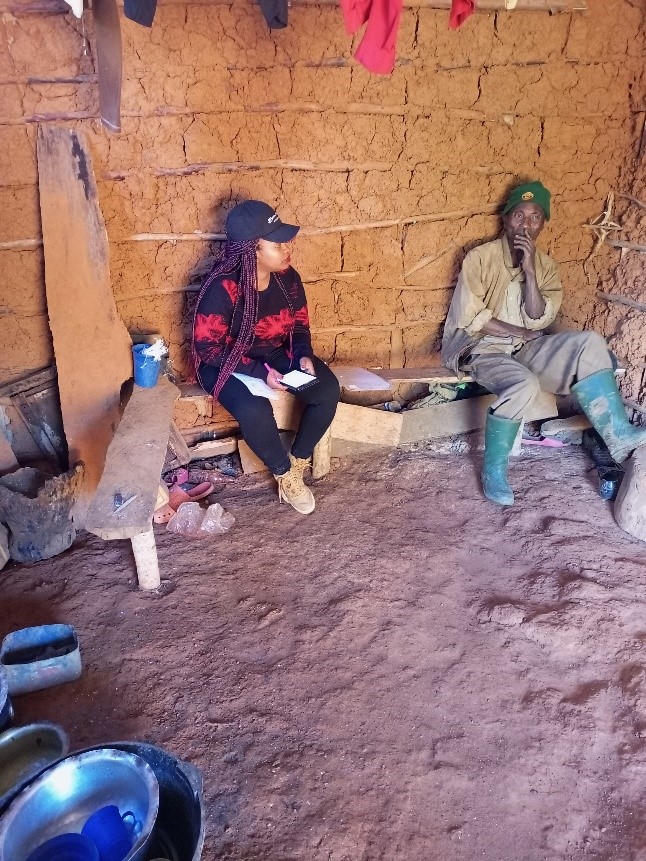
Household interview with spice farmer at Shebomeza village, Muheza District
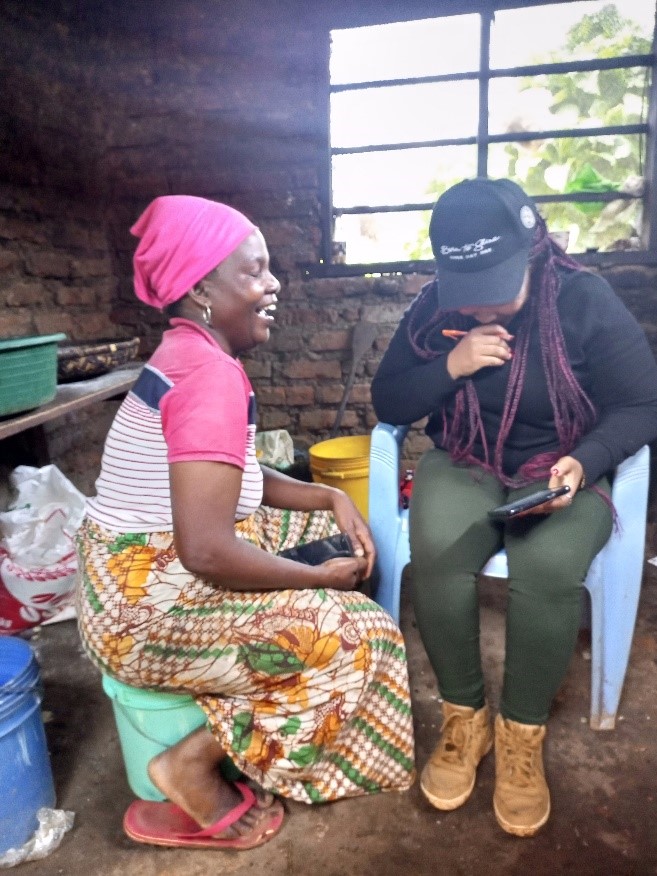
Household interview with spice farmer at Zirai village, Muheza District
Value addition activities to spice crop
Enabling spice farmers to improve product quality to meet consumer needs and linking them to high-value markets comprising discerning consumers could probably help them realize better returns from the spices. Targeting the high-value market also include activities that add value to the products i.e. drying, packaging, sorting, grading, storage, etc. If these activities are done accordingly it could also help farmers to better withstand market shocks. Thus this research is underway to uncover the business’s usual value-addition activities which play a huge contribution to the quality of spices and suggest improved technologies to improve spice quality and increase market acceptability and competitiveness.
Business as Usual; Drying of spices
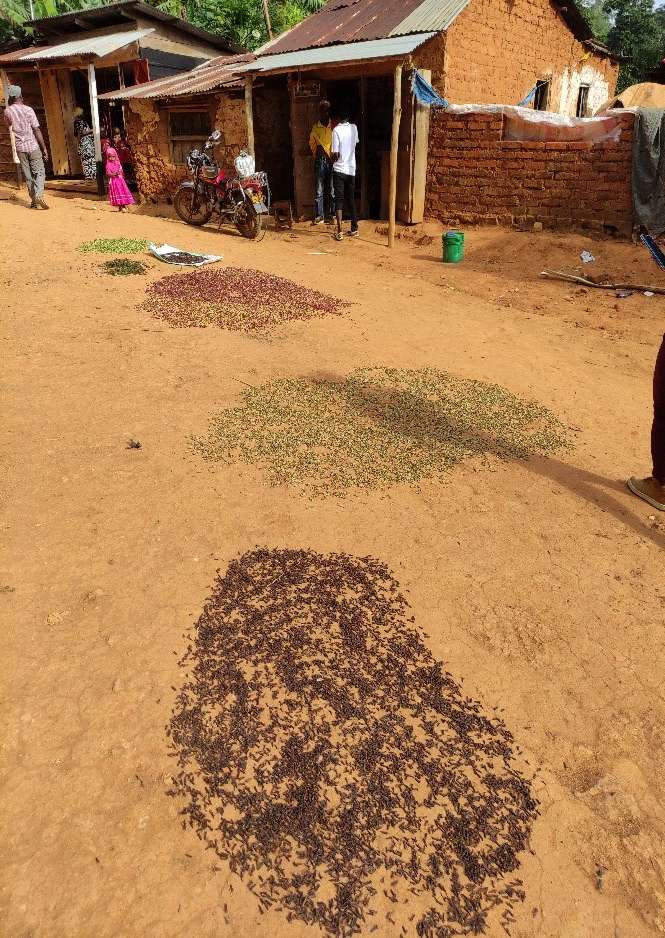
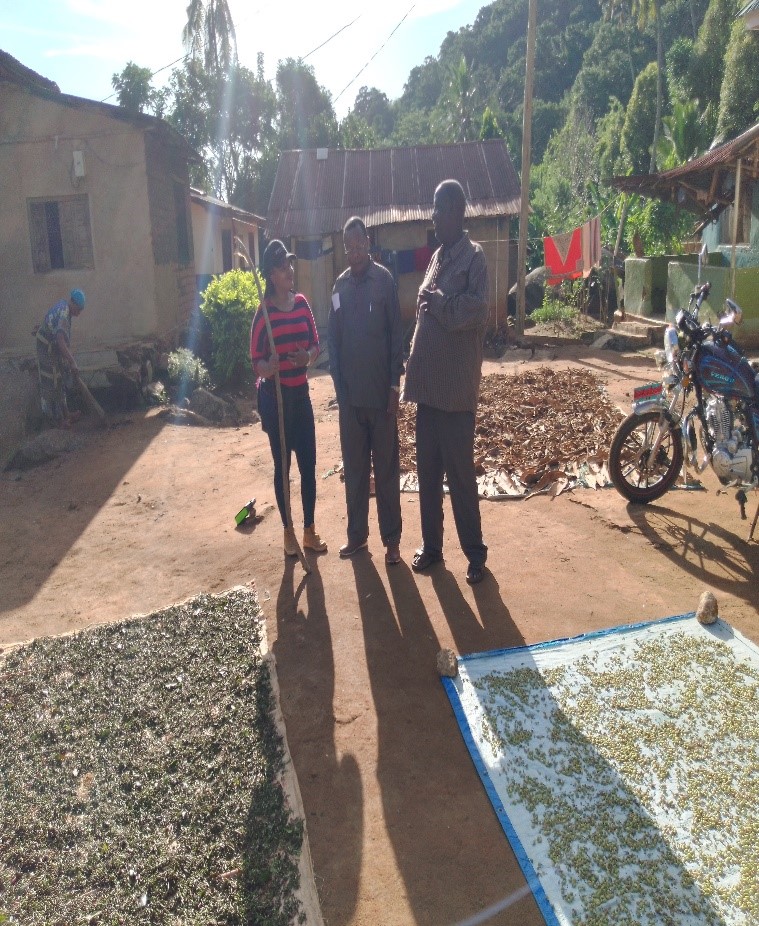
[Below] Business as Usual; Storage of spices
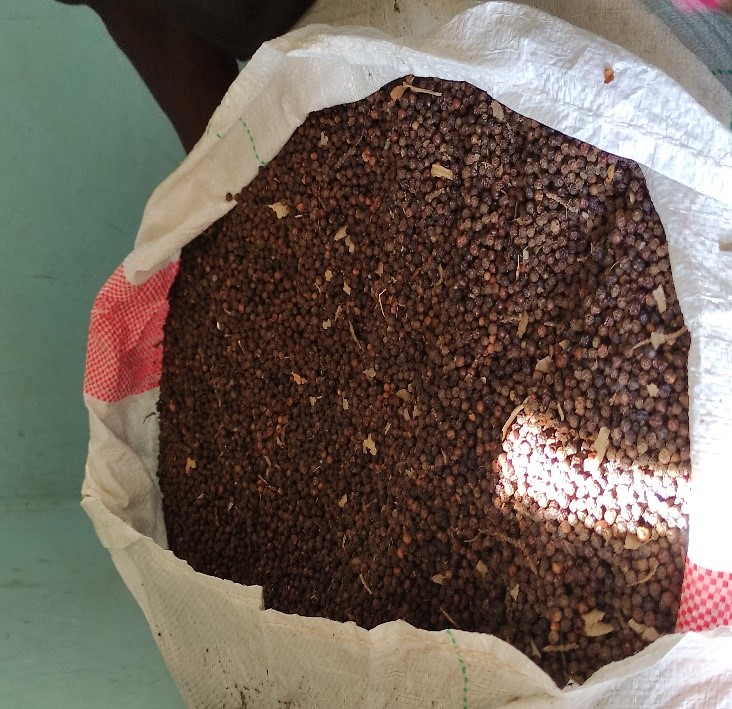
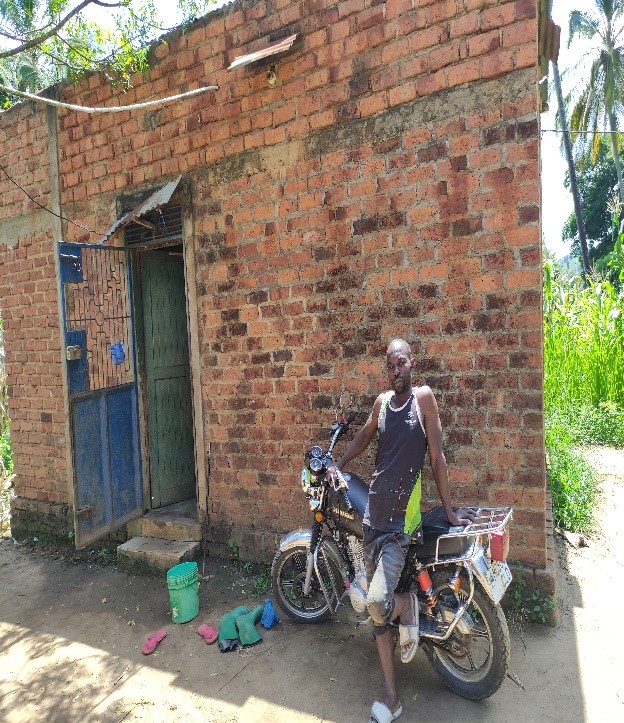
[Below] Business as Usual; Packaging of spices
